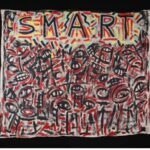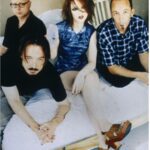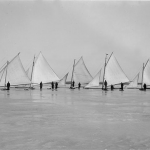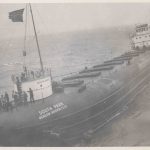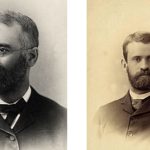Smart Studios, founded by Butch Vig and Steve Marker, was a recording studio located on Madison’s east side. Over its twenty-seven years of operation, Smart Studios was responsible for producing music for both local acts and world-famous artists in the late twentieth and early twenty-first centuries, putting Madison on the map as a significant location in the music scene of the time.
Smart Studios’ origins go back to the mid 1970s, when Vig and Marker met while attending the University of Wisconsin–Madison. The two were musicians and music lovers alike, and oftentimes after going out for drinks at The Plaza Tavern, they would say “let’s get smart” before heading back to Marker’s apartment to record their own music, which they passed out to friends or sold at local record stores. Though neither Butch or Steve knew much about professional recording or running a business, they operated through a sense of passion and their own self-taught method, which were qualities they carried with them when they established Smart Studios in 1983.
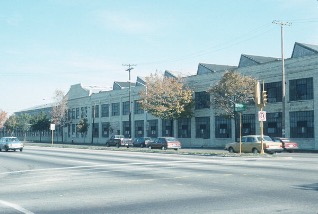
Smart Studios’ first official location was in the Gisholt building on East Washington Avenue. This location was less than ideal, being that it was small, and their setup was cheaply cobbled together—the soundproofing was made of 1,000 egg cartons from Middleton’s former Mazo Egg Factory superglued to the walls. Still, these first few years not only served as a learning opportunity for Vig and Marker, but it was also the time when Smart Studios established itself as a place where local punk, rock, and grunge artists could come to record for only $25 an hour with producers who were genuinely in love with their craft.
Smart Studios eventually moved across the street in 1987 to their permanent location at 1254 East Washington Avenue. Though the building wasn’t exactly appealing to the eye, its larger size allowed Vig and Marker more room to expand their studio space and improve their craft while still maintaining the scrapped-together quality that gave Smart Studios its charm. Smart Studios was also bolstered by its ties with the community of local musicians. If a band or artist lacked a hand in the recording studio, there were always people around who were willing to pitch in and pick up an instrument. In typical Wisconsin fashion, Vig and Marker would even scout for extra musicians at the nearby Friendly Tavern. Additionally, many of the lesser-known acts who recorded at Smart Studios were given airtime and exposure by local radio stations, clubs, and record stores. There is no doubt that Smart Studios can attribute its eventual success not only to Vig’s talent in music production but also to the support from members of the Madison community.
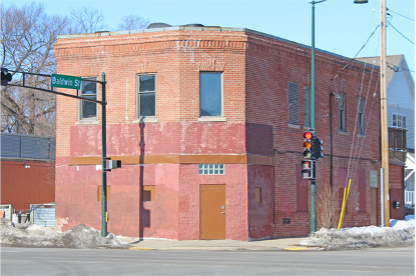
By 1990, Smart Studios’ work with bands Killdozer and Die Kreuzen had caught the attention of Seattle-based Sub Pop Records. During April of that same year, the band Nirvana—who had been signed to Sub Pop but was still somewhat unknown—travelled to Madison and recorded eight separate songs at Smart Studios. The original version of one song, “Polly,” made it onto Nirvana’s album Nevermind, which was released in 1991 and went platinum soon after. This was a turning point for Vig and Smart Studios, who gained recognition from their work with Nirvana and went on to produce and record with many more famous acts from around the world over the next two decades, such as The Smashing Pumpkins, Garbage (of which Vig and Marker are two of the four members), L7, Fall Out Boy, Death Cab for Cutie, and others. Their success in the early 90s also gave them the resources to revamp their studio and elevate their overall professionalism, having officially entered the big leagues of music production.
Smart Studios eventually closed their doors in 2010. Music and technology had changed over the years. Rather than seeking out professional studio time, more and more artists were learning how to produce their own music, taking on the same do-it-yourself attitude that led Butch Vig and Steve Marker to create Smart Studios in the first place. Though not many people would expect that a rundown little building in Madison once housed some legendary music of the past, Smart Studios’ legacy lives on through its work on countless songs and albums that are still enjoyed to this day.
Written by Kaylee Bittner, June 2022
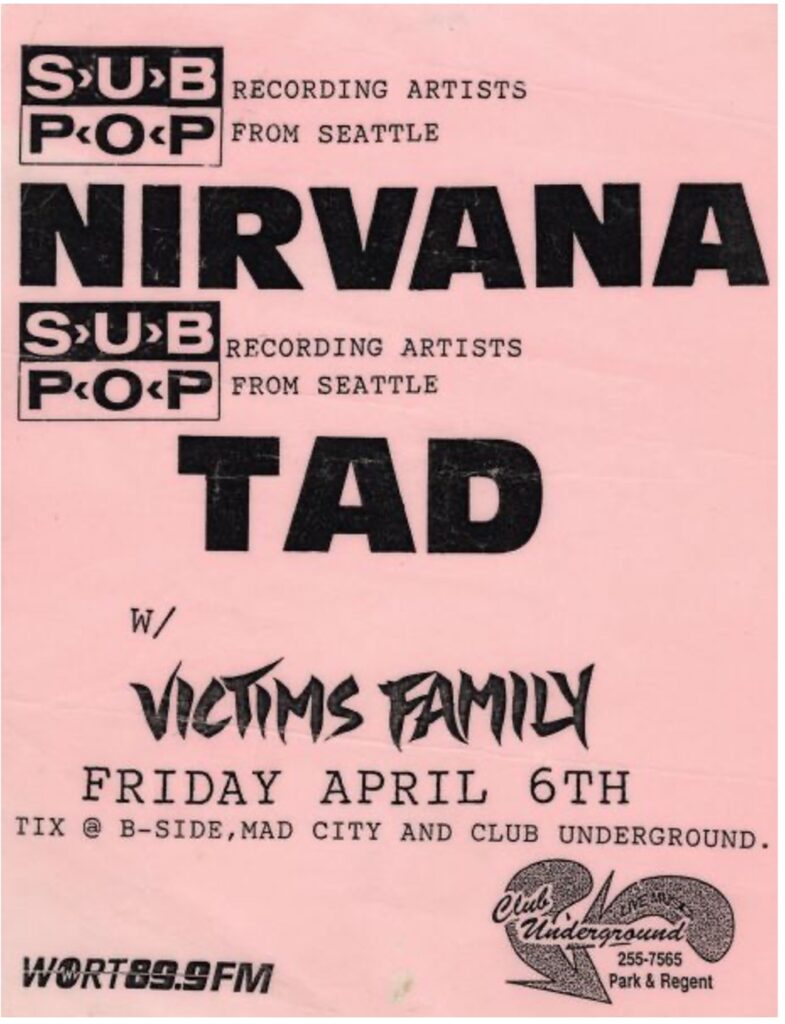
SOURCES
Berkenstadt, Jim. “Smart Studios: A History.” Smart Geeks, 2009, http://www.smartgeeks.com/smart.html.
Graff, Gary. “Butch Vig on the Making of Nirvana’s Pivotal ‘Nevermind’ and New Doc ‘The Smart Studios Story’: Exclusive Video.” Billboard, 15 Mar. 2016, https://www.billboard.com/music/rock/butch-vig-on-nirvana-nevermind-the-smart-studios-story-exclusive-clip-7262662/.
“Nevermind the Garbage, Here’s Butch Vig.” YouTube, uploaded by Waves Audio, 19 Mar. 2015, https://www.youtube.com/watch?v=pWSBvJoymzc&ab_channel=WavesAudio.;
Schneider, Wendy, director. The Smart Studios Story. Prime Video, 2017, https://www.amazon.com/Smart-Studios-Story-Butch-Vig/dp/B01MSD47XU. Accessed 10 Mar. 2022.
Simpson, Dave. “Goodbye House of Grunge – Smart Studios to Close.” The Guardian, Guardian News and Media, 4 Feb. 2010, https://www.theguardian.com/music/2010/feb/04/smart-studios-closure-nirvana.
